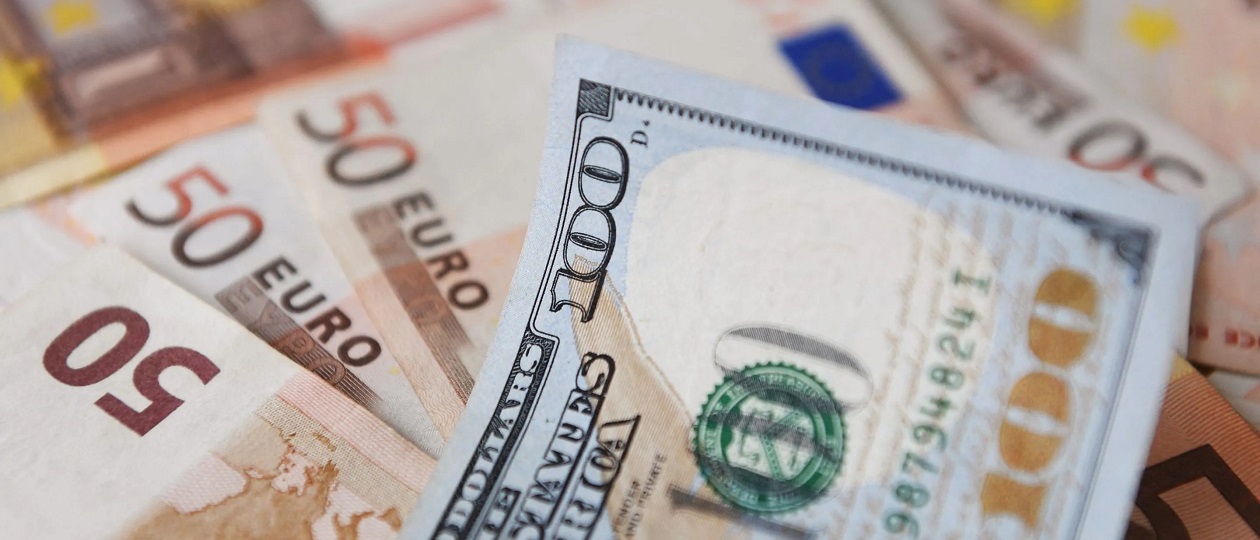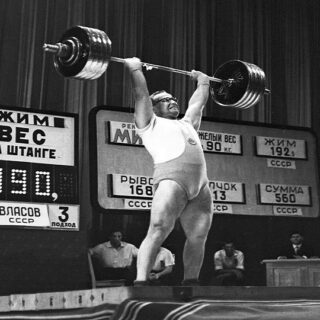
“Toxic” currencies — the US dollar and the euro — have disappeared from the MICEX platform.
This is the result of sanctions by the US Treasury and the ECB. Now 99.6% of all exchange trades in foreign exchange are in yuan (judging by data from the Bank of Russia). This immediately increased daily yuan trading volumes on the MICEX to record levels: about 510 billion rubles, although before the introduction of sanctions the maximum figure was 446 billion rubles.
How it works? In three steps in a large circle. Russian importers import goods, sell them for rubles, buy yuan, transfer yuan to, say, Hong Kong or Singapore, buy the required currency there and close the big circle. But not everyone works in this circle.
It is noteworthy that the average daily volume of exchange trading in the foreign exchange market after the introduction of sanctions decreased by 32.7%: from 418 billion rubles in the first half of June to 282 billion rubles in the second half of the month.
Where did all this money suddenly go? Did they hide them in mattresses? Of course not. This money went to a distant cordon, that is, to the over-the-counter interbank market. On it, direct purchase and sale or swap transactions are carried out daily in ruble-dollar and ruble-euro pairs.
The volume of average daily trading on the over-the-counter foreign exchange market showed enviable stability: in May it was 13.1 trillion rubles, in June — 13.0 trillion rubles. Once again, it remains with satisfaction to note that it is the entrepreneurial economy and its market banking sector, included in the global and regional markets, that gives the Russian economy such outstanding resistance to external pressure.





